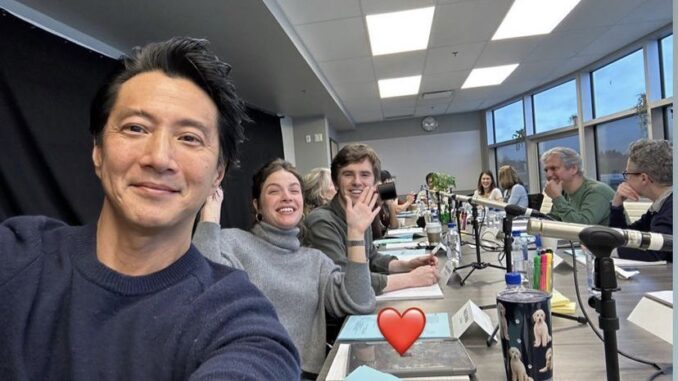
The Good Doctor doesn’t just tell the story of a medical prodigy—it introduces us to a character who quietly revolutionizes how television presents neurodiversity. Dr. Shaun Murphy, portrayed masterfully by Freddie Highmore, is a young surgical resident with autism and savant syndrome. But instead of reducing him to a diagnosis or a set of predictable behaviors, the show paints a rich, honest portrait of a man striving to find his place in a world that often misunderstands him.
Shaun’s brilliance in the operating room is undeniable, but The Good Doctor doesn’t fall into the trap of presenting him as a “magical genius” immune to flaws. Instead, it balances his medical aptitude with the raw, real-life challenges he faces in communication, emotional connection, and navigating a complex workplace. These aren’t plot devices—they’re windows into the experience of someone on the spectrum, portrayed with authenticity and depth.
Freddie Highmore’s performance is nothing short of remarkable. With subtle facial expressions, measured speech, and a deeply human vulnerability, he brings Shaun to life in a way that feels both sensitive and unflinching. Highmore doesn’t caricature Shaun; he honors him, reminding viewers that neurodivergent individuals are fully capable of leading, loving, learning—and yes, saving lives.
But what truly sets Shaun apart is that he isn’t a symbol of perfection. His journey includes failure, doubt, and moments of social missteps. And it’s in these moments—when he struggles, when he hurts, when he learns—that the show shines most. It gives us a character who is growing in real time, defying stereotypes and encouraging empathy.
In an age where representation isn’t just welcomed but needed, Shaun Murphy becomes more than just a fictional doctor. He’s a reminder that inclusion doesn’t mean painting people with a single brushstroke. It means showing the whole picture—the setbacks, the triumphs, the humanity. The Good Doctor dares to do just that, and television is better for it.
